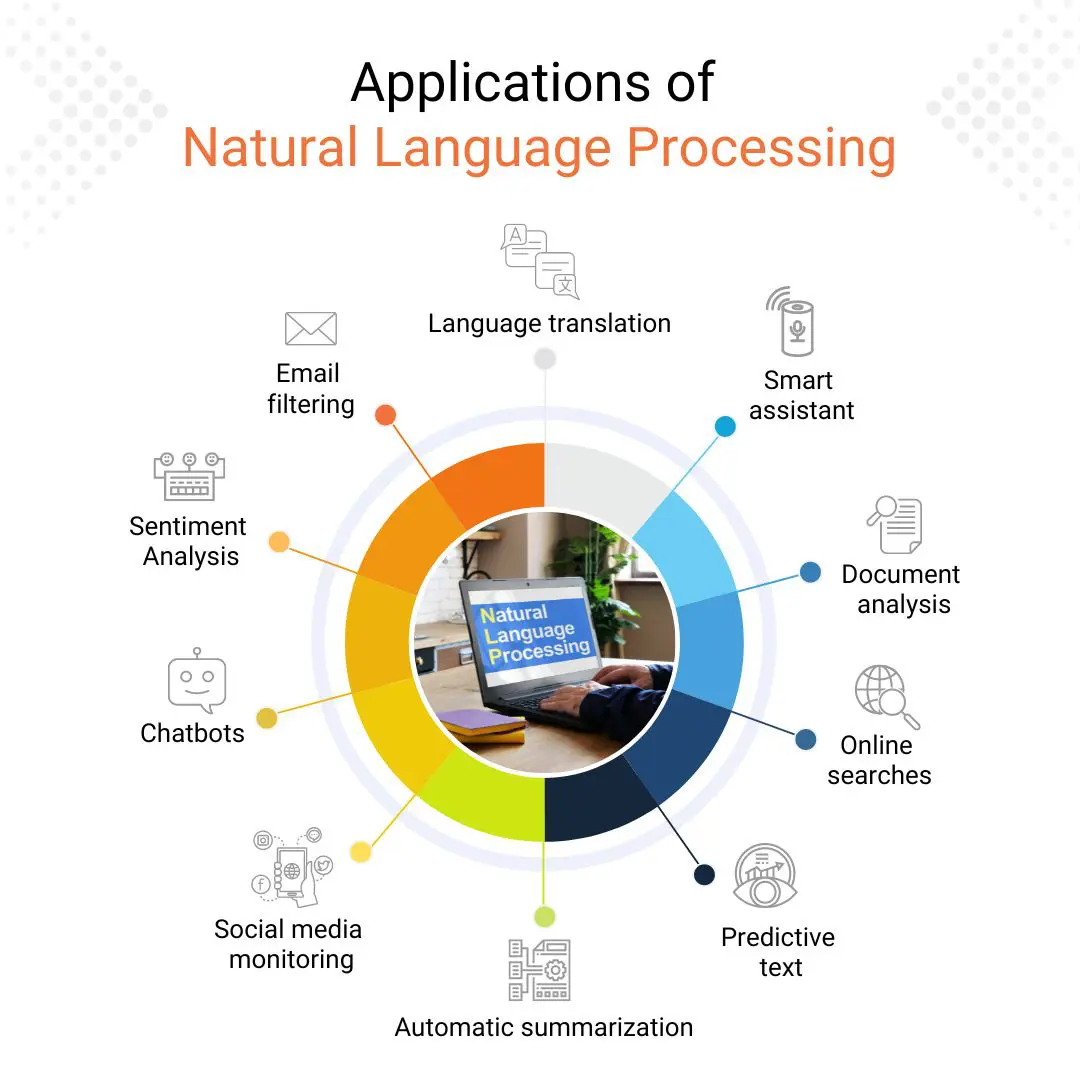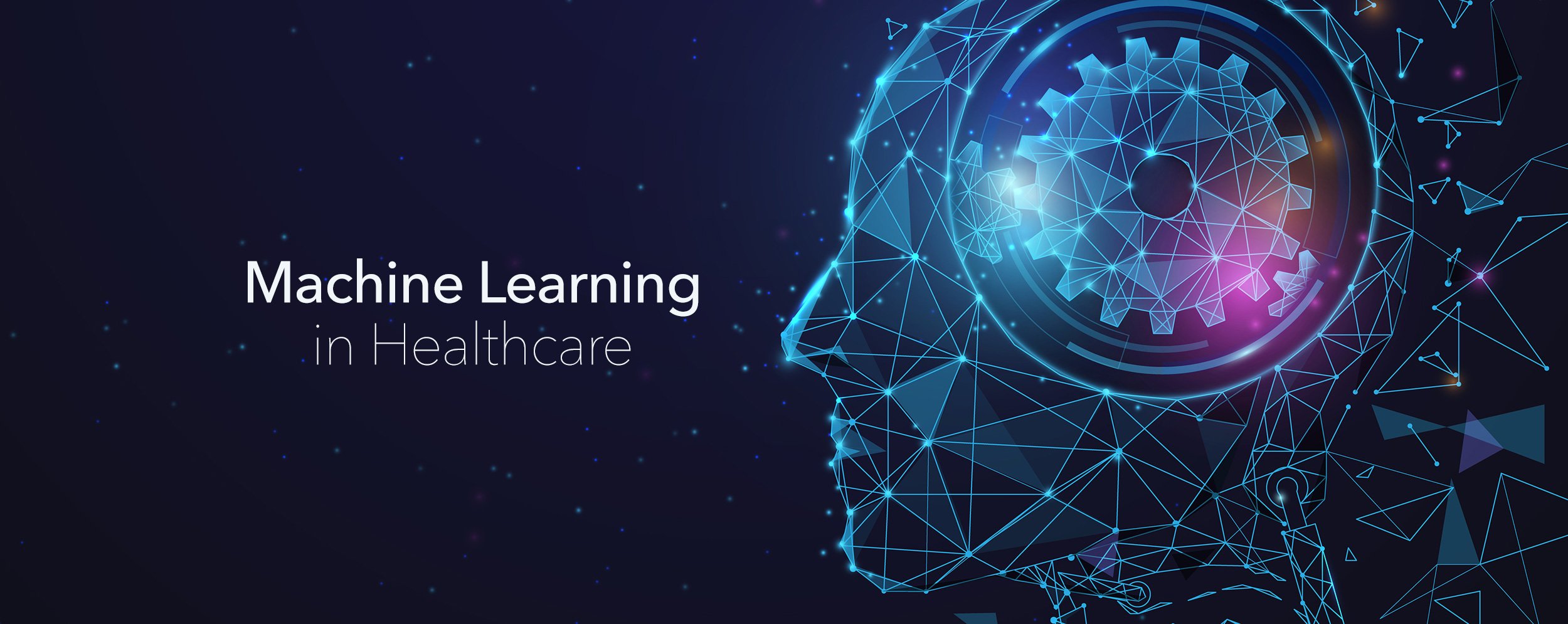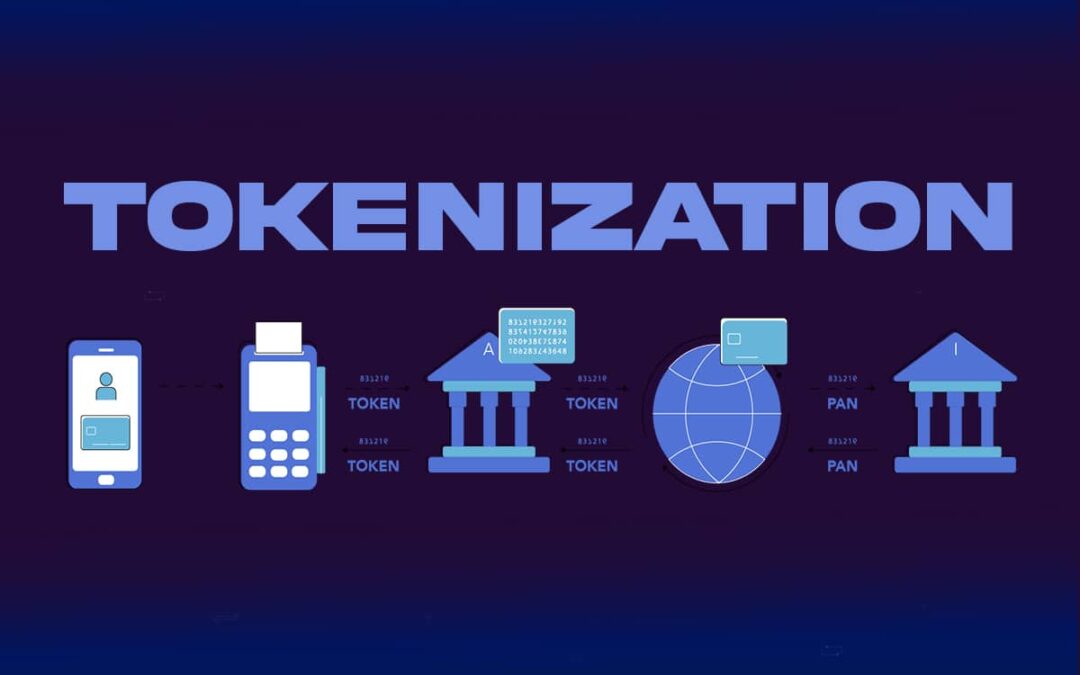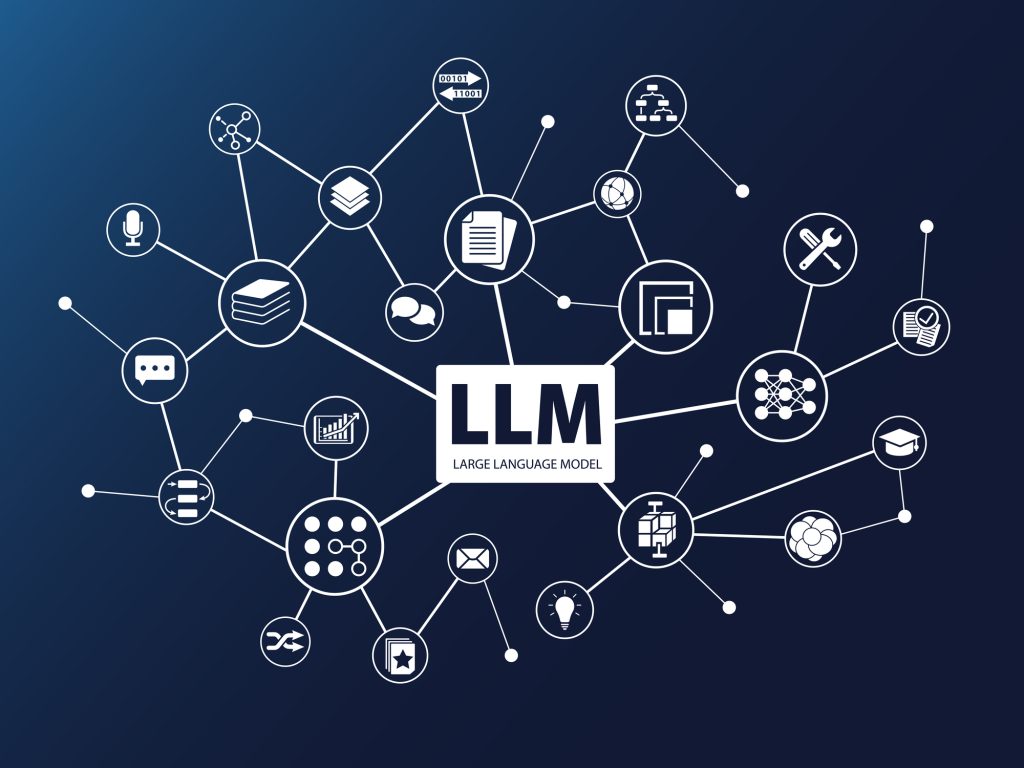
A Beginner’s Guide to Large Language Models
Large Language Models (LLMs) have been gaining popularity in recent years, and for good reason. These powerful models have the ability to process and understand human language, making them incredibly useful for a wide range of applications. But what exactly are LLMs, and how do they work?
What are Large Language Models?
LLMs are a type of artificial intelligence designed to process and understand human language. They are trained on massive datasets of text, which allows them to learn patterns and relationships between words and phrases. This training enables LLMs to generate human-like language, making them incredibly useful for applications such as language translation, text summarization, and chatbots.
 Natural Language Processing is a key component of Large Language Models
Natural Language Processing is a key component of Large Language Models
How do Large Language Models Work?
LLMs work by using a combination of natural language processing (NLP) and machine learning algorithms. The NLP component allows the model to understand the structure and syntax of language, while the machine learning algorithms enable the model to learn from large datasets of text.
 Machine Learning is a crucial component of Large Language Models
Machine Learning is a crucial component of Large Language Models
Key Concepts in Large Language Models
There are several key concepts that are important to understand when it comes to LLMs. These include:
- Tokenization: the process of breaking down text into individual words or tokens
- Embeddings: the process of converting words into numerical vectors
- Attention Mechanisms: the process of focusing on specific parts of the input text
 Tokenization is a key concept in Large Language Models
Tokenization is a key concept in Large Language Models
Getting Started with Large Language Models
If you’re interested in getting started with LLMs, there are several resources available to help you get started. These include online tutorials, courses, and libraries such as TensorFlow and PyTorch.
 Getting started with Large Language Models is easier than you think
Getting started with Large Language Models is easier than you think
Conclusion
Large Language Models are powerful tools that have the ability to revolutionize the way we interact with language. By understanding how LLMs work and the key concepts behind them, you can unlock the full potential of these powerful models.
 Large Language Models are the future of language processing
Large Language Models are the future of language processing















